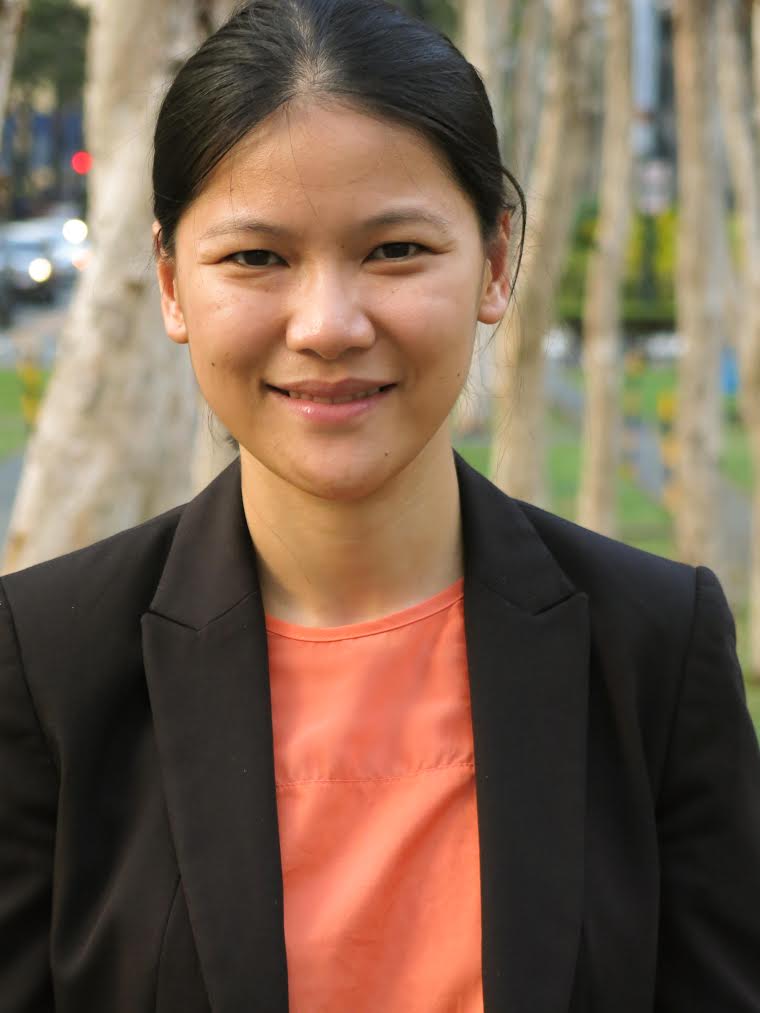GAM 2017 Blog
- Published: Monday, April 03 2017 11:57
By Reina Reyes
"The most incomprehensible thing about the Universe is that it is comprehensible." Albert Einstein
How do we comprehend the Universe? How are astronomers and astrophysicists able to study its myriad of mysteries? Dark stars so dense that even light cannot escape. Explosions so energetic they outshine the whole galaxy. Tiny planets orbiting around double stars as in science fiction films. We humans have explored far beyond our earthly shores, and there is no end in sight.
We speak about "The Great Silence"-- it seems that no one is communicating with us from outer space-- but the truth is, the Universe is sending us messages, night and day. Astronomers have found ways to listen, to the light waves, radio waves, X-rays, cosmic rays, neutrinos, and most recently, gravitational waves, coming our way.
Our detectors welcome them warmly after what could be millions, or even billions, of light years traveled across the dark, empty expanse of space. We carefully record each precious photon, and put together a picture of where it came from, and how it came to make its way to us. Piece by piece-- diligently, playfully, cleverly, we rebuild the Universe.
With our telescopes, we participate in this Universe-listening and Universe-building endeavor. Observational astronomers specialize in capturing subtle messages from the skies and exploiting them for insights about the workings of Nature. Meanwhile, theoretical astrophysicists exploit the laws of Nature to create models to better understand and explain what we observe.
Together, theorists and observers weave a beautifully complex yet elegant understanding of astronomical phenomena, however strange and spectacular they may be. The Universe is full of mystery and wonder, but is also orderly and comprehensible, as Einstein marveled.
One can look up to the sky in awe, mouth agape, yet at the same time, listen with concentration-- telescope and computer in tow, brows furrowed and minds aglow. The Universe will speak to whoever will listen. Her invitation is wide open-- and up to us to take.
Where do we begin?
For countries like mine-- the Philippines-- that have only recently made nascent progress towards developing our national space science, technology, and industry, the question remains if we are ready to accept this cosmic invitation.
If we heed the call, we will have the unique opportunity to inspire the next generation of aspiring scientists, engineers, technologists, and technopreneurs-- and give them the opportunity to explore the wonders of the Universe and utilize the gifts she has to offer.
We have already taken the first steps on this long and challenging, yet ultimately fulfilling, journey to space. The first microsatellite of the Philippine Scientific Earth Observation Microsatellite Program, PHL-Microsat-1, was successfully launched in March last year. It was a flagship project of the national Department of Science and Technology (DOST) and the University of the Philippines, in partnership with Hokkaido University and Tohoku University of Japan. The satellite is also called Diwata-1, after a fairy-like deity in Philippine mythology. The second satellite, Diwata-2, is currently under development and scheduled to be launched next year.
In parallel, initiatives to establish a Space Research and Development Agenda to set forth space-based capabilities, including policy and research and development infrastructures, are gaining momentum-- with the ultimate objective of the establishment of our own national Space Agency. It is a promising sign to see these efforts pushed by the younger generation, with visionary leadership from my colleague and friend, Dr. Rogel Mari “Romar” Sese, as head of the DOST-funded National Space Development Program.
There is a long way to go, but also so much to look forward—and upward—to. So, as we have always said: Per aspera ad astra!
 Reina Reyes, Ph.D. is a data scientist and lecturer at Ateneo de Manila University and Rizal Technological University in Manila, Philippines. She obtained her doctorate degree in Astrophysics from Princeton University. For more, you may visit her webpage at: www.reinareyes.com.
Reina Reyes, Ph.D. is a data scientist and lecturer at Ateneo de Manila University and Rizal Technological University in Manila, Philippines. She obtained her doctorate degree in Astrophysics from Princeton University. For more, you may visit her webpage at: www.reinareyes.com.
Attribution Note: A slightly-different version of this article has been published in the Philippine Panorama on February 26, 2017.








